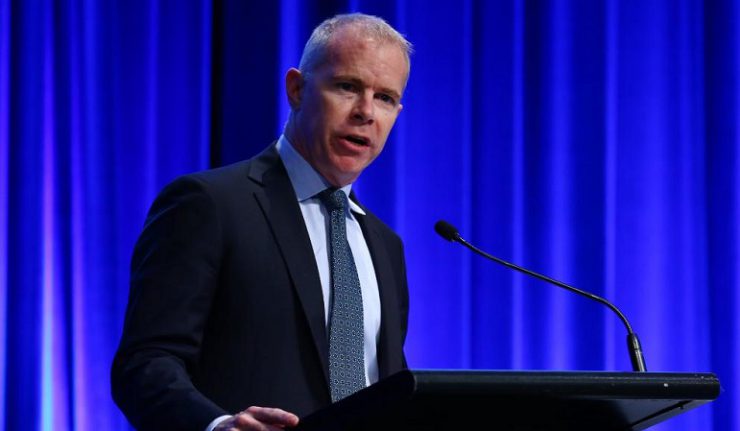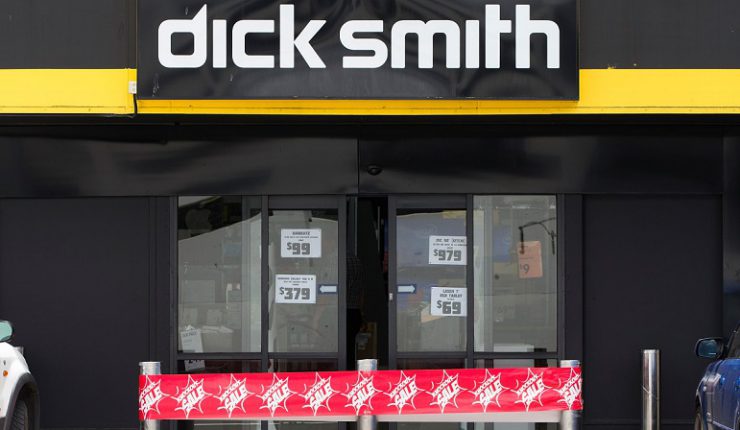Financial performance, receivership and position of creditors.
Dick Smith administrators, McGrathNicol, will release their report to creditors later today, in advance of the meetings of creditors to be held on Monday 25 July 2016 in Sydney.
The report summarises the administrator’s activities since their appointment on 4 January 2016. It provides background to the financial performance of Dick Smith, the reasons for its failure, the outcome of the receivership, the likelihood of financial returns to creditors, and the nature of claims that can be pursued.
McGrathNicol administrator, Joe Hayes (pictured) said the failure of Dick Smith represents an unfortunate end for one of Australia’s iconic retailers. “The collapse was made all the more significant given its speed and scale, just a couple of years after the successful public ASX listing of Dick Smith, as well as the time of year, just following the Christmas period,” he said.

The report outlines the work undertaken by the receivers and managers who continued to trade the business with a view to selling it as a going concern. Ultimately, the business could not be sold and was wound down and closed. “The Receivers advised that the losses the business had sustained during 2015, the challenges in obtaining supplier support, the inventory mix in stores, and the low-margin, competitive environment meant potential purchasers did not see value in the network,” Hayes explained.
“However, employee entitlements have been able to be paid in full for the company’s more than 3,300 staff. The work undertaken by employees after the appointment of administrators and receivers has been commendable in very difficult circumstances, and demonstrates their great support for the Dick Smith business”.
The ultimate outcome of the administration is likely to be a shortfall to creditors in excess of $260 million “The secured Banks would receive a partial return on their exposure, but there is little prospect of any return to unsecured creditors,” he said.
Hayes said time will be needed to determine the real causes of Dick Smith rapid demise, and the significant turnaround in Dick Smith’s financial position in such a short period required a period of reflection and review.

Rapid expansion and excess inventory hurt the retailer
According to the report, the reasons for the failure of Dick Smith are complex and inter-related. The business listed in late 2013 after a highly successful IPO which was significantly over-subscribed. The business had achieved strong growth and results pre-float, which were underpinned by an expansion plan and exciting new lines of business.
“In that environment, management were very focused on increasing revenue and generating profitability. This ultimately came at the expense of sustainable growth and the business struggled to maintain performance,” Hayes said.
The report suggests that Dick Smith struggled to compete in the fast-moving office sector where customer preferences rapidly change, and began to lose market share. Its expansion plans and store growth utilised all its surplus earnings and required significant borrowing.
“These expansion plans went unchecked during early to mid-2015, and major inventory purchasing decisions meant Dick Smith was carrying too much stock that was not saleable and was overvalued. By December 2015, a rapid clearance sale was needed at a time the business should have been achieving strong margins. However, cash receipts were simply insufficient to meet commitments,” Hayes said.
“Dick Smith failed because the company did not have enough cash resources available to meet its current and future commitments. The appointment of the administrators was the only step available to the board and management.”
While the Report goes into some depth on these causes of failure, it does not draw conclusions regarding the nature of claims that could be brought. The administrators have determined it is too early for those conclusions.
The administrators have received court approval to issue the notice of the meeting to creditors and provide the report via their website at www.mcgrathnicol.com.

